The first drawing shows three displacement vectors , and which are added in a tail-to-head fashion. The resultant vector is labelled . Which of the following drawings shows the correct resultant vector for ?
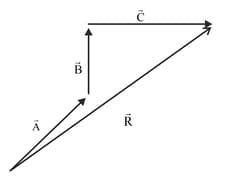

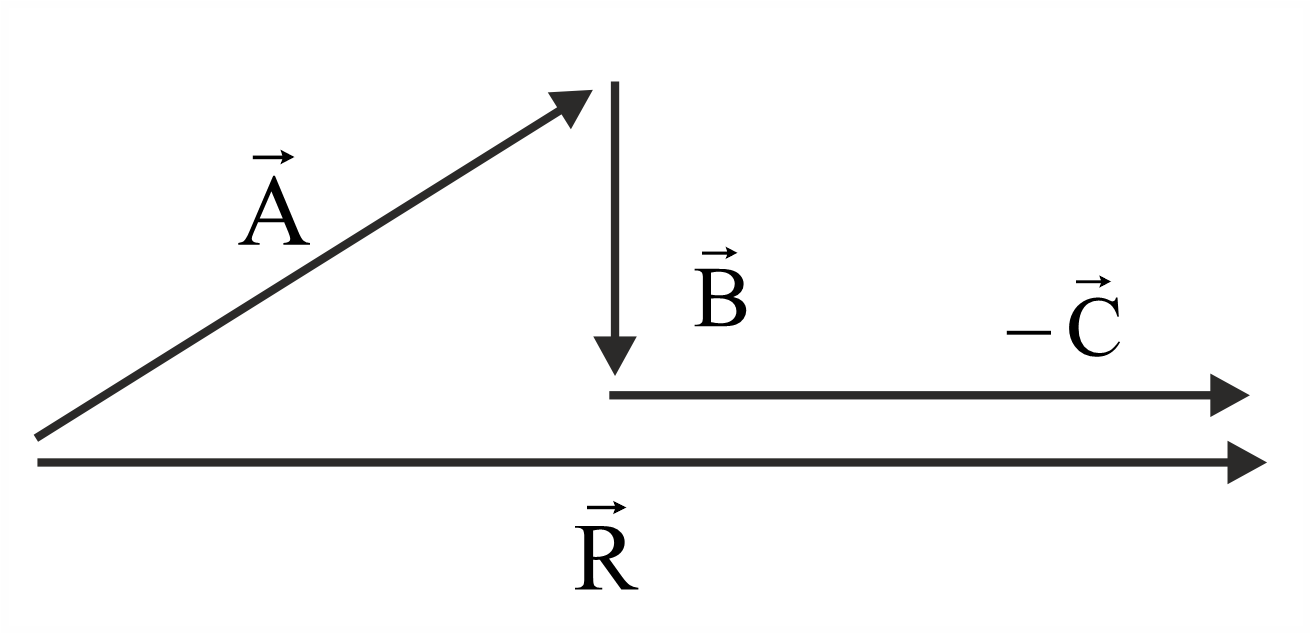
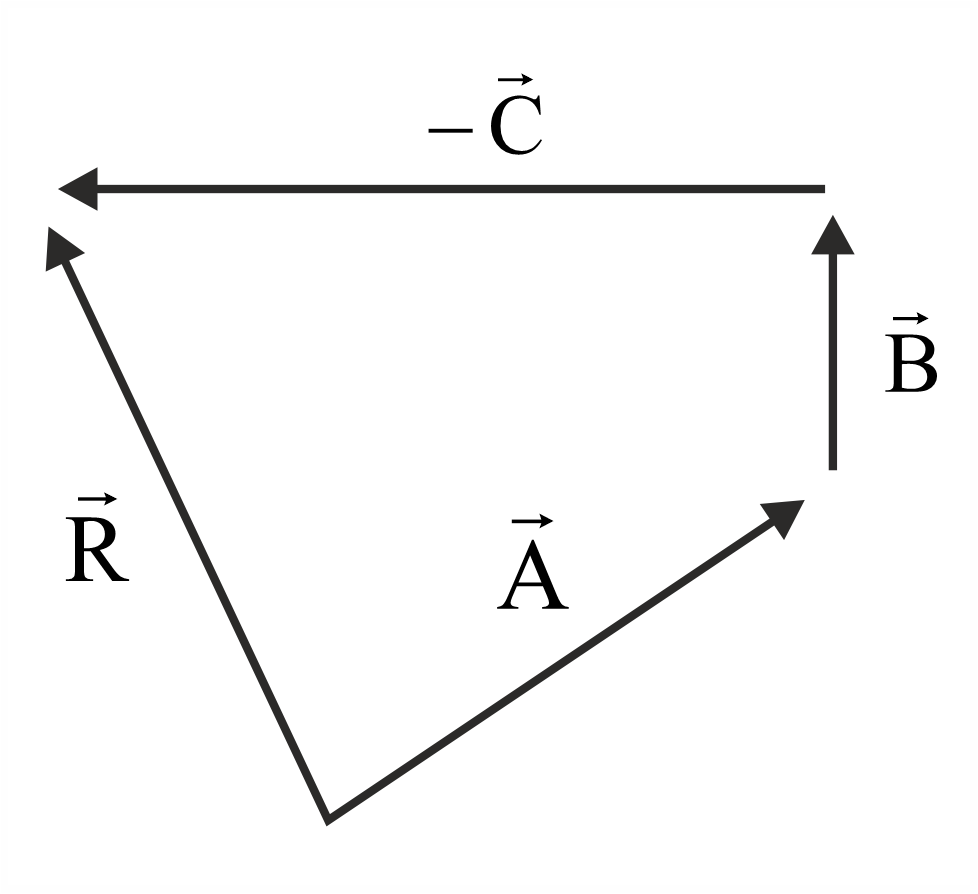


Important Questions on Vectors
The given figure shows the sum of three displacement vectors, , and . The resultant vector is . Which of the following figures show the correct resultant vector for ?
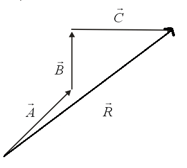
Which of the following displacement vectors (if any) are equal?
| Variable | magnitude | direction |
| north of east | ||
| south of west | ||
| east of north |
Consider the following four force vectors:
(a) , due east
(b) , due east
(c) , due west
(d) , due west
Which two vectors add together to give a resultant with the smallest magnitude and which two vectors add to give a resultant with the largest magnitude? In each case, specify the magnitude and direction of the resultant.
A car is being pulled out of the mud by two forces that arc applied by the two ropes shown in the drawing. The dashed line in the drawing bisects the angle. The magnitude of the force applied by each rope is . Arrange the force vectors tail to head and use the graphical technique to answer the following questions:
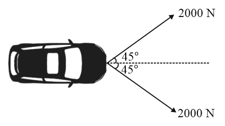
How would the single rope be directed relative to the dashed line?
A car is being pulled out of the mud by two forces that are applied by the two ropes shown in the drawing. The dashed line in the drawing bisects the angle. The magnitude of the force applied by each rope is . Arrange the force vectors tail to head and use the graphical technique to answer the following questions:
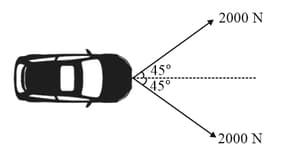
(a) How much force would a single rope need to apply to accomplish the same effect as the two forces are added together?
(b) How would the single rope be directed relative to the dashed line?
